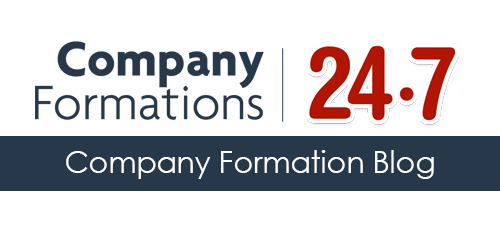When a tax return is not completed and submitted to HMRC (Her Majesty’s Revenue and Customs) before the final deadline, an organisation will be issued with a penalty. HMRC clearly states on its website that a £100 fine will be issued if a tax return is not submitted by post before the 31st October. When completed online, the final deadline is 31st January. When a tax return is submitted up to three months late, a £10 daily fine applies and this can increase furthermore. Consequently, a company should pay close attention to this area of taxation. Unlike the tax return which is completed by an organisation, the process is far easier for a Sole Trader:
Calculate expenses
Expenses fall under two categories – business and corporate. Although both expenses can be calculated separately, they can be combined together and entered under the Annual Investment Allowance. Totalling £100,000, there is no need to enter expenses on a tax return under separate categories because they can be classified as the same. Receipts should be checked to make sure that what is being claimed for is correct. By referring to HRMC’s website, it’ll be determined which expenses an organisation can be reimbursed for. An organisation could also find out about other allowable expenses which it wasn’t previously aware of.
Work out turnover
The money which is deposited into a corporate account from the 6th April to 5th April of the following year is what is classified as turnover. The total sum of money which is earned by a company throughout this period, turnover is a solitary figure. By adding up the money which an organisation has earned, turnover can then be calculated. This is an important figure and it should be checked to make sure that it is correct. If the wrong figure is entered onto a tax return, this will be highlighted by HMRC if it decides to audit a company.
Deduct expenses from turnover
When turnover has been calculated, all expenses should be deducted in order to work out profit. If an organisation claims for more expenses than turnover, it has made a loss. When profit levels are slightly higher than what it is claiming for, it will pay less tax. If a Sole Trader reports high profit levels, it will be issued with a bigger tax bill.
Online or paper?
A tax return can be completed online and also by post. As already mentioned, the deadline for completing a tax return by post is 31st October and 31st January when done online. Completing a tax return online is more convenient because HMRC provides a calculation instantly. A Sole Trader won’t have to wait for HMRC to tell them what their taxation bill is because this is provided online on one of the final pages. If any mistakes are made online, they can be changed instantly but the opposite applies with a paper tax return. By having the aforementioned information to hand, a tax return can be submitted online within an hour. As a tax return can be saved, it doesn’t have to be completed at once but over several days. When completing a tax return online, it can even be submitted up until midnight on the 31st January but the opposite happens with a paper return. This is because it has to be posted days before the deadline so that it doesn’t arrive late.



